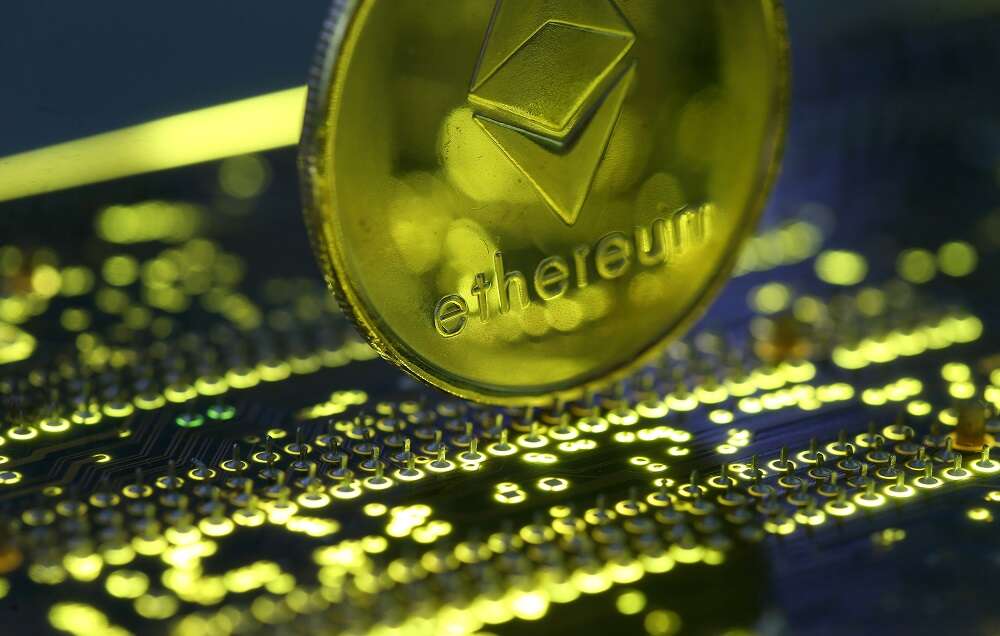
Ethereum vs ethereum classic
-
I. Introduction
-
A. Brief overview of ethereum and ethereum classic
In the world of blockchain and cryptocurrency, two prominent platforms have emerged: ethereum and ethereum classic. Both stem from a common ancestry but have taken divergent paths due to ideological differences. Ethereum, often referred to as eth, was envisioned as a platform for decentralized applications (DApps) and smart contracts, enabling developers to build a wide range of applications on its blockchain. Ethereum classic, denoted as etc, emerged from a contentious fork of ethereum in response to a significant event in the blockchain’s history.
-
B. Historical context: the DOA hack and the fork
The pivotal moment that led to the split between ethereum and ethereum classic was the infamous DOA (decentralized autonomous organization) hack in 2016. The DOA was a venture capital fund built on the ethereum blockchain that aimed to support various projects in the ecosystem. However, a vulnerability in its code was exploited, resulting in the theft of a substantial amount of funds. In response, the ethereum community faced a dilemma: whether to execute a hard fork to reverse the transactions and recover the stolen funds, or to maintain the principle of immutability and preserve the integrity of the blockchain. The majority of the community supported the fork, leading to the creation of ethereum and ethereum classic.
-
II. Technical differences
-
A. Chain split and fork
The chain split resulted in two distinct blockchains with separate transaction histories and coins: ethereum (ETH) and ethereum classic (etc). Ethereum continued with the forked blockchain, while ethereum classic maintained the original, unaffected blockchain.
-
B. EIP-150 gas costs
One of the technical differences lies in the ethereum improvement proposal (EIP) 150, which was implemented in ethereum but not in ethereum classic. EIP-150 aimed to adjust gas costs for certain operations, contributing to improved efficiency and reduced network spam.
-
C. Difficulty bomb delay
Ethereum implemented a delay in the “difficulty bomb,” a mechanism intended to make mining gradually more difficult, thereby motivating the transition to ethereum 2.0’s proof of stake consensus. Ethereum classic, however, did not implement this delay.
-
D. Monetary policy changes
Ethereum introduced changes to its monetary policy, transitioning from proof of work to proof of stake consensus mechanism in ethereum 2.0. Ethereum classic, on the other hand, continues to rely on proof of work.
-
III. Philosophical and ideological differences
-
A. Immutability and code is law
Ethereum’s decision to fork and reverse the DOA hack transactions showcased a pragmatic approach, prioritizing user protection over absolute immutability. Ethereum classic adheres to a stronger stance on immutability, arguing that blockchain’s irreversible nature should be upheld, even in the face of unfortunate events.
-
B. Decentralization and governance
Ethereum has been moving towards greater decentralization through ethereum 2.0’s proof of stake and improved consensus mechanisms. Ethereum classic also values decentralization but has a different approach to governance and consensus, maintaining a focus on maintaining the original blockchain and principles.
-
C. Community values and principles
Ethereum’s community places emphasis on adaptability and consensus-driven decision-making, which led to the fork. Ethereum classic’s community emphasizes principles of decentralization, censorship resistance, and immutability, leading to its divergence from ethereum.
-
IV. Development and ecosystem
-
A. Ethereum’s development trajectory
Ethereum’s development has been rapid, marked by continuous upgrades, EIPs, and the ongoing transition to ethereum 2.0. This evolution has attracted numerous developers, projects, and enterprises to build on its platform.
-
B. Ethereum classic’s development trajectory
Ethereum classic’s development path has been more conservative, aiming to maintain the original ethereum blockchain’s principles. While updates and improvements have occurred, they are generally slower and less frequent than ethereum’s.
-
C. Adoption, DApps, and projects
Ethereum boasts a vibrant ecosystem of DApps, projects, and DeFi (decentralized finance) applications due to its early mover advantage and extensive developer support. Ethereum classic’s ecosystem is smaller but still includes a range of projects that align with its values.
-
V. Security and attacks
-
A. The DOA hack and its aftermath
The DOA hack revealed vulnerabilities in smart contract code and highlighted the complexity of handling unexpected situations on a blockchain. The fork was a contentious decision that led to debates over the balance between immutability and practicality.
-
B. 51% attacks on ethereum classic
Ethereum classic has faced multiple 51% attacks, where malicious actors gained majority control over the network’s mining power. These incidents raised concerns about the security of smaller proof of work blockchains.
-
VI. Market and price trends
-
A. Historical price comparison
Ethereum’s market capitalization and price have generally outperformed ethereum classic. The fork and subsequent developments likely played a role in shaping these market trends.
-
B. Factors influencing price movements
Price movements of both ethereum and ethereum classic are influenced by market sentiment, technological developments, regulatory changes, macroeconomic trends, and overall adoption of blockchain technology.
-
VII. Community and leadership
-
A. Ethereum’s core teams and leaders
Ethereum boasts a wide array of core development teams and prominent figures like Vitalik Buterin, who have significant influence in guiding its future direction and goals. These teams and leaders are pivotal in shaping Ethereum’s roadmap and vision.
-
B. Ethereum classic’s core teams and leaders
Ethereum Classic also has committed development teams and community leaders, although their impact may be comparatively smaller when contrasted with Ethereum. Nonetheless, they contribute to the development and growth of Ethereum Classic.
-
C. Community engagement and participation
Both Ethereum and Ethereum Classic communities actively participate in discussions, governance decisions, and collaborative initiatives aimed at enhancing their respective platforms. This high level of community engagement is essential for the evolution and improvement of both ecosystems.
-
VIII. Future outlook and challenges
-
A. Ethereum 2.0 and proof of stake
Ethereum is upgrading to Ethereum 2.0, adopting a Proof of Stake (PoS) consensus. This shift targets scalability and energy efficiency problems. PoS can enhance scalability by reducing congestion and make Ethereum more eco-friendly, improving its long-term sustainability.
-
B. Upcoming technical upgrades
Both Ethereum and Ethereum Classic are planning technical upgrades. These updates will shape their technological capabilities, enhance security, and improve the overall user experience. Staying current with these changes is vital for competitiveness and safety.
-
C. Scalability and sustainability
Scalability remains a challenge for Ethereum and Ethereum Classic. Overcoming this challenge is essential for their future viability and adoption. A scalable blockchain can handle more transactions and users, while sustainability is increasingly important due to environmental concerns, favoring platforms that combine scalability and eco-friendliness.
In conclusion, Ethereum and Ethereum Classic, born from the same blockchain but separated by ideological differences stemming from the DOA hack, represent two distinct approaches to the world of blockchain technology. Ethereum has embraced adaptability, pragmatism, and rapid development, making it a powerhouse in the blockchain ecosystem with a vibrant community and diverse applications. Ethereum Classic, on the other hand, staunchly upholds the principles of immutability and decentralization, attracting those who prioritize these values. Each blockchain faces unique challenges and opportunities, including the transition to Ethereum 2.0’s proof of stake for Ethereum and sustaining the original Ethereum Classic blockchain. The choice between these two platforms often boils down to philosophical alignment and priorities in the evolving landscape of blockchain technology.


